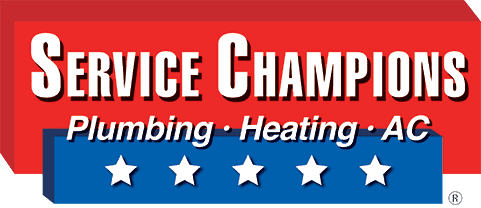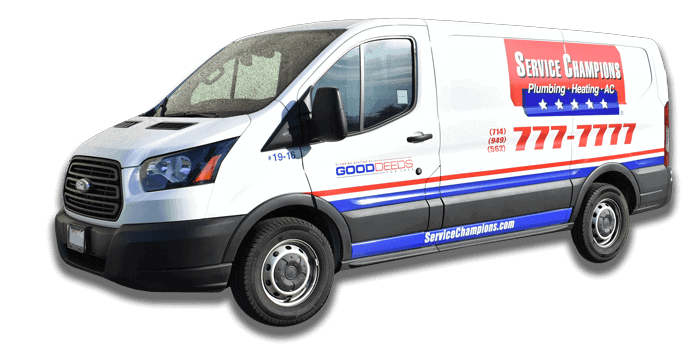5 Sources of Major Pollutants That Ruin Your Home’s Air Quality
Did you know that the air inside your home is more dangerous than the air outside?
In fact, indoor air can be two to five times – and sometimes up to 100 times – more polluted than outdoor air.
According to the United States Environmental Protection Agency (EPA), indoor air pollution ranks among the top five environmental dangers to the public. This is bad news since most Americans spend 90% of their time indoors.
And the problem with these inside pollutants is magnified if your home is sealed up tight for energy efficiency. Then the pollutants will accumulate to levels that can pose health and comfort problems
So what are the sources of these airborne contaminants? There are several, but here’s a few of the most dangerous.
Household cleaning and personal products
A plethora of household products contain contain organic solvents. These products include:
- Paints
- Varnishes
- Wax
- Almost anything used for cleaning, disinfecting, or degreasing
The dangers of these products depends on a few factors, including the amount you’ve been exposed to and the exposure time.
Immediate symptoms of exposure to organic solvents includes:
- Eye and respiratory irritation
- Tract irritation
- Headaches
- Dizziness
- Visual disorders
- Memory impairment
To avoid the adverse effects of these products, make sure to read the warning labels.
For example, certain hazardous products will tell you to use them in a well-ventilated area. In that case, go outside or open up windows and use exhaust fans.
Tobacco
You’re probably not surprised to hear that tobacco smoke is a major pollutant that’s bad for your lungs. Tobacco smoke is the leading cause of lung cancer and increases the risk of heart disease.
According to cancer.org, “Tobacco smoke contains more than 7,000 chemical compounds. More than 250 of these chemicals are known to be harmful, and at least 69 are known to cause cancer.”
So smoking not only hurts the one smoking, but those around the smoker as well.
Combustion based products
Your furnace, gas stoves and ovens and fuel space heaters produce carbon monoxide (CO), a deadly, poisonous gas that’s indiscernible to your senses. The only way to detect it is with a carbon monoxide detector.
When operating correctly, your furnace and gas appliances vent this deadly gas to the outside of your home. However, if equipment is not properly installed or maintained, carbon monoxide can leak into your home and cause CO poisoning.
Pressed wood products
Hardwood plywood, wall paneling, particleboard, fiberboard are all made with adhesives that contain urea-formaldehyde (UF) resins. The formaldehyde in these resins is a colorless, pungent-smelling gas. It can cause:
- Watery eyes
- Burning sensations in your eyes and throat
- Nausea
- Difficulty in breathing
- Cancer in animals and may cause cancer in people
- Asthma attacks with those who have asthma
According to the EPA you should always “ask about formaldehyde content of pressed wood products, including building materials, cabinetry, and furniture before you purchase them.”
Leaky air ducts
Your air ducts carry the air from your heating and cooling system around your home. But a leak or hole in the ducts can suck up dust and other contaminants in your attic and blow them out your supply vents located throughout your home.
Signs of leaky air ducts include:
- Dust everywhere after you turn on your heating or cooling system
- Hot or cold spots in your home
- High energy bill
While you can seal duct leaks on your own, it’s best to get a professional to do it, especially if the leaks are in a part of your ducts that you can’t easily reach.
Breathe easy
While this isn’t a comprehensive list of pollutant sources, this is a good start of the most dangerous ones.
If you need help sealing your leaky air ducts, contact Service Champions South.
Service Champions South serves homeowners in the Orange, LA, Riverside, and San Bernardino counties with all things related to heating, ventilation and air conditioning.

